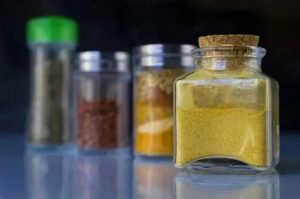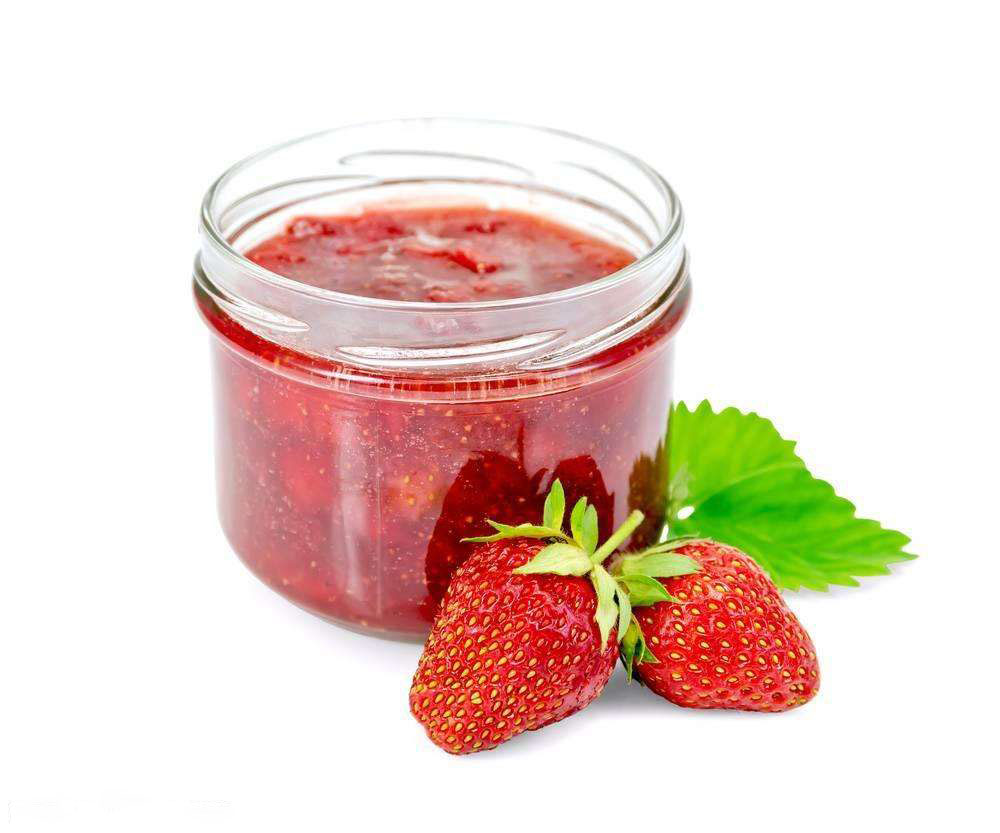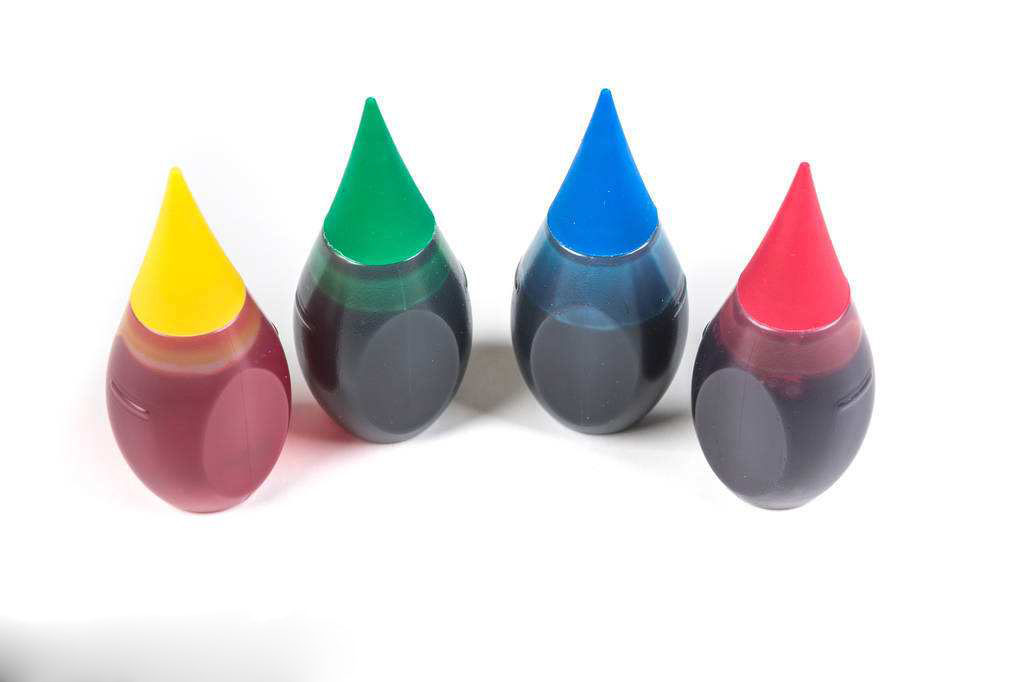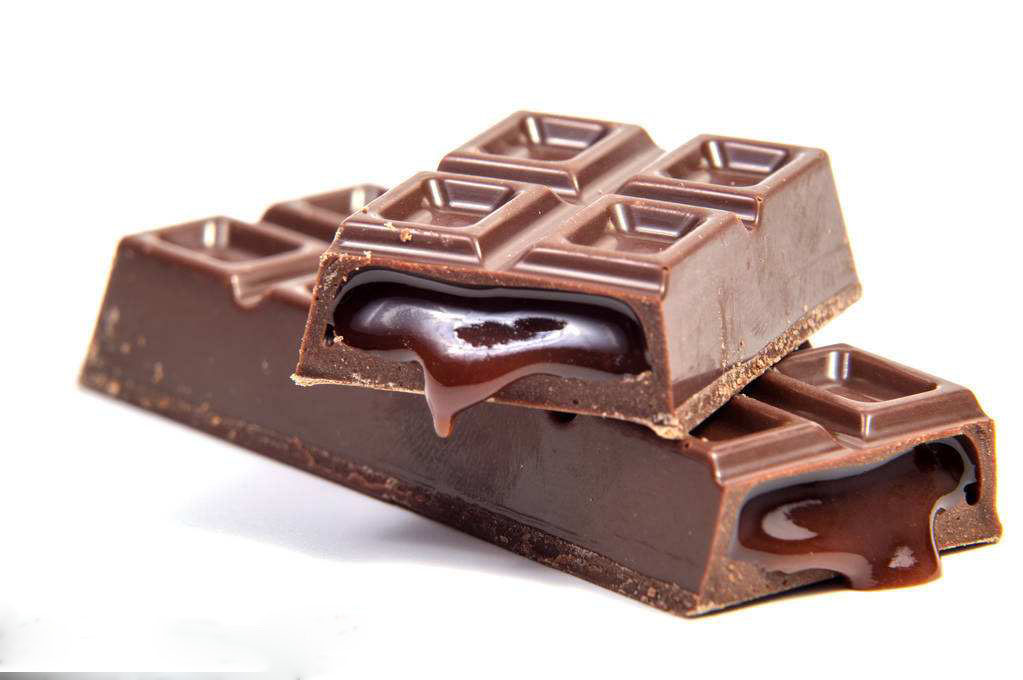The post What Food Additives Are Safe appeared first on Stanford Chemicals.
]]>What is Food Additive?
Different countries have varying definitions of food additives. The U.S. Federal Food, Drug, and Cosmetic Act (FD&C Act) defines food additives as:
Any substance directly or indirectly added to food that may become part of the food or affect its characteristics (including substances used in production, processing, packaging, transport, or storage), unless the substance is exempt (e.g., GRAS substances or prior-sanctioned substances).
Food additives have the following three characteristics:
- They are added to food and are not usually consumed alone as food.
- They include both synthetic and natural substances.
- They are added to improve food quality, color, flavor, and aroma, or for preservation and processing purposes.

What are The Types of Food Additives?
Different countries classify food additives differently. Below is a classification based on function.
1. Antioxidants
Antioxidants are additives used to delay or prevent food oxidation. They are classified as direct food additives. Their mechanisms vary:
- Some (like vitamin E) are easily oxidized, reacting with oxygen first to protect food.
- Others release hydrogen ions to break down peroxides formed during fat oxidation.
- Some bind to peroxides, interrupting the oxidation process.
| Antioxidant | Applicable Foods | Characteristics |
| Vitamin E | Cooking oil, infant formula, nuts | Natural, safe, but costly |
| BHA/BHT | Chips, instant noodles, sausages, gum | Synthetic, heat-resistant, but restricted in some countries |
| TBHQ | Fried foods, baked goods | Highly effective, but harmful in excess |
| Tea polyphenols | Meat products, beverages, candy | Natural, also antibacterial |
| Vitamin C | Juice, canned food, pickled meat | Preserves color and acts as an antioxidant |
2. Preservatives
Preservatives inhibit microbial growth and extend shelf life. They are divided into chemical and natural preservatives.
2.1 Chemical Preservatives are synthetic, strong antimicrobial effects, low cost, but some have usage limits.
| Preservative | Applicable Foods | Characteristics |
| Benzoic acid/sodium benzoate | Carbonated drinks, juice, soy sauce | Effective in acidic environments (pH <4.5) |
| Sorbic acid/potassium sorbate | Cheese, baked goods, meat | Safer, works in wider pH range (≤6.5) |
| Sodium nitrite | Cured meat, ham, sausages | Prevents botulism but may form carcinogenic nitrosamines |
| Sulfur dioxide/sulfites | Dried fruit, wine, dehydrated vegetables | Also acts as a bleach |
| Parabens | Soy sauce, vinegar, jam | Effective against mold and yeast |
2.2 Natural Preservatives are extracted from plants, animals, or microbes. They are safer but costlier.
| Preservative | Source | Applicable Foods | Characteristics |
| Tea polyphenols | Tea leaves | Meat, beverages | Antioxidant + antibacterial |
| Allicin | Garlic | Seasonings, sauces | Broad-spectrum antimicrobial, strong odor |
| Rosemary extract | Rosemary | Oils, snacks | Natural alternative to BHA/BHT |
| Nisin | Lactic acid bacteria | Cheese, canned food | Targets only Gram-positive bacteria |
| Natamycin | Streptomyces | Yogurt, bread | Antifungal |
| Chitosan | Crustacean shells | Fruit preservation | Edible film |
| Lysozyme | Egg whites | Dairy, sake | Breaks bacterial cell walls |
3. Color Additives
Color additives enhance or restore food color. They are classified as natural or synthetic.
3.1 Natural Colors are safer but less stable, prone to fading.
| Color | Source | Applicable Foods | Characteristics |
| β-carotene | Carrots, algae | Beverages, butter, candy | Orange, precursor to vitamin A |
| Carmine | Cochineal insects | Meat, jam | Red, restricted in some countries |
| Beet red | Red beets | Ice cream, yogurt | Purple-red, pH-sensitive |
| Chlorophyllin | Spinach, alfalfa | Gum, pastries | Green, light-sensitive |
| Curcumin | Turmeric | Curry powder, mustard | Yellow, oxidizes easily |
| Anthocyanins | Purple cabbage, grape skin | Juice, jelly | Red/blue, pH-dependent |
3.2 Synthetic Colors are vibrant, stable, low-cost, but some may be harmful.
| Color | FD&C Code | Applicable Foods | Regulatory Status |
| Tartrazine (E102) | Yellow 5 | Candy, soda | EU requires warning labels |
| Sunset yellow (E110) | Yellow 6 | Snacks, sauces | Limited in the EU |
| Brilliant blue (E133) | Blue 1 | Ice cream, canned food | Allowed in U.S. and China |
| Allura red (E129) | Red 40 | Baked goods, drinks | Most used red dye in U.S. |
The U.S. primarily uses synthetic colors labeled with FD&C codes (e.g., Red 40, Yellow 5). While controversial, the FDA deems them safe in regulated amounts. Consumers can check labels and opt for natural alternatives.
4. Thickeners
Thickeners improve texture and viscosity, for example, pectin or gelatin in yogurt to prevent whey separation. Natural thickeners are now the industry standard.
| Thickener | Source | Characteristics | Common Uses |
| Xanthan gum | Bacterial fermentation | Acid/heat-resistant | Salad dressing, gluten-free baking |
| Carrageenan | Red algae | Forms gels with calcium | Ice cream, plant-based milk |
| Guar gum | Guar beans | Dissolves in cold water | Beverages, sauces |
| Pectin | Citrus/apple peels | Requires sugar and acid | Jam, yogurt |
| Gum arabic | Acacia tree resin | Highly soluble | Candy, soda |
| Locust bean gum | Carob seeds | Works with carrageenan | Cheese, plant-based dairy |
5. Flavor Enhancers
Flavor enhancers amplify or improve taste. MSG is the most widely used in the U.S.
| Enhancer | Characteristics | Common Uses |
| MSG | Strong umami boost | Stir-fries, soups, snacks |
| I+G | Synergizes with MSG | Instant noodles, chips |
| Disodium guanylate | Naturally in mushrooms | Premium seasonings |
| Citric acid | Sharp acidity | Drinks, candy, canned food |
| Lactic acid | Mild acidity, dairy notes | Yogurt, fermented foods |
Which Are Safe?
The following table summarizes the safety information of the common food additives mentioned in the article.
| Type | Additive | Safety Notes |
| Antioxidants | Vitamin E | Generally recognized as safe (GRAS). Excess may affect blood clotting (daily limit ~1000mg). |
| BHA/BHT | Approved by FDA but restricted by EFSA. | |
| TBHQ | Permitted in the U.S. (≤0.02% in oils). High doses may cause nausea or blurred vision. | |
| Tea polyphenols | Natural and safe. Excess may interfere with iron absorption. | |
| Vitamin C | Safe. Excess may cause diarrhea (daily limit 2000mg). | |
| Preservatives | Benzoic acid/Sodium benzoate | Safe in acidic environments (pH<4.5). Excess may trigger allergies. |
| Sorbic acid/Potassium sorbate | Safer, works in a wider pH range (≤6.5). Excess may irritate the stomach. | |
| Sodium nitrite | Prevents botulism but may form carcinogenic nitrosamines (limit: ≤150ppm in cured meats). | |
| Sulfur dioxide/Sulfites | May trigger asthma (allergen labeling required). Restricted in the EU for dried fruits. | |
| Parabens | Banned in some countries (e.g., Japan). Potential endocrine disruptor. | |
| Tea polyphenols | Same as antioxidants—natural and safe. | |
| Allicin | Safe but has a strong odor. Excess may irritate the stomach. | |
| Rosemary extract | Natural alternative to BHA/BHT. No known risks. | |
| Nisin | Safe. Targets only Gram-positive bacteria. Non-toxic to humans. | |
| Natamycin | Safe. EU restricts its use to cheese surfaces. | |
| Chitosan | Natural and safe. Widely used in edible films. | |
| Lysozyme | Safe. Derived from egg whites. May conflict with religious dietary rules. | |
| Colorants | β-Carotene | Safe. Precursor to vitamin A. Excess may cause yellowing of the skin. |
| Carmine | Insect-derived. EU requires allergen labeling. | |
| Beet red | Safe but pH-sensitive (stable in acidic conditions). | |
| Chlorophyllin | Safe but degrades in light. | |
| Curcumin | Safe. Excess may cause stomach discomfort. | |
| Anthocyanins | Safe. Color changes with pH (e.g., blueberry juice turns red). | |
| Tartrazine (E102) | Allowed in the U.S. EU requires warning labels for hyperactivity in children. | |
| Sunset yellow (E110) | Similar to tartrazine. Restricted in some countries. | |
| Brilliant blue (E133) | Permitted in the U.S. and China (with usage limits). | |
| Allura red (E129) | Most used red dye in the U.S. Banned in some Nordic countries. | |
| Thickeners | Xanthan gum | Safe. Excess may cause bloating. |
| Carrageenan | Controversial: Degraded form may cause inflammation. Safe at regulated levels. | |
| Guar gum | Safe and cost-effective. Excess may cause diarrhea. | |
| Pectin | Safe. Requires sugar and acid to form gels. | |
| Gum arabic | Safe. Highly soluble. Common in candies. | |
| Locust bean gum | Safe. Often used with carrageenan. | |
| Flavor Enhancers | MSG (Monosodium glutamate) | FDA-approved. Some sensitive individuals report temporary headaches. |
| I+G (Disodium inosinate + guanylate) | Safe. Synergizes with MSG to enhance umami. | |
| Disodium guanylate | Safe. Naturally found in mushrooms. Used in premium seasonings. | |
| Citric acid | Safe. Excess may erode tooth enamel. | |
| Lactic acid | Safe. Excess may cause acidosis (rare). |
If you have any requirements for the above-mentioned food additives, please feel free to contact us via email at [email protected] or submit an Inquiry. Stanford Chemicals Company (SCC) will make every effort to provide products that meet your needs.
The post What Food Additives Are Safe appeared first on Stanford Chemicals.
]]>The post List of 9 Common Food Additives appeared first on Stanford Chemicals.
]]>Preservatives – including sodium benzoate, potassium sorbate, sulfur dioxide, lactic acid, and so on. They are widely used in food processing such as jam, preserves, etc.

Antioxidants – similar to preservatives, can extend the shelf life of foods. Including vitamin C, Sodium vitamin C, and so on.
Colorants – including synthetic colors include carmine, amaranth, lemon yellow, indigo, and so on. It can change the appearance of food and enhance its appetite.

Thickener and stabilizer – can improve or stabilize the physical properties of cold food, so that the appearance of food lubrication is fine. They keep the ice cream and other frozen foods soft and lose tissue structure for a long time.
Puffing agent – part of the candy and chocolate added to the puffing agent, can promote the sugar body to produce carbon dioxide, thus playing a puffing effect. The commonly used leavening agents are sodium bicarbonate, ammonium bicarbonate, and compound leavening agents.

Sweeteners – commonly used sweeteners are saccharin sodium, cyclamate, and so on. The goal is to increase sweetness.
Sour ingredients – some beverages and sweets often use acid to adjust and improve the flavor effect. They include citric acid, tartaric acid, malic acid, lactic acid, and so on.
The bleaching agent benzoyl peroxide – is the main ingredient of flour brighteners. The maximum dosage of food in flour is 0.06g/kg. Benzoyl peroxide has been banned as a food additive in developed countries such as the European Union.
Spices and fragrances – are synthetic, natural, and fragrant. Consumers often eat a variety of flavors of chocolate, and a variety of spices are widely used in the production process, so it has a variety of unique flavors.
The post List of 9 Common Food Additives appeared first on Stanford Chemicals.
]]>